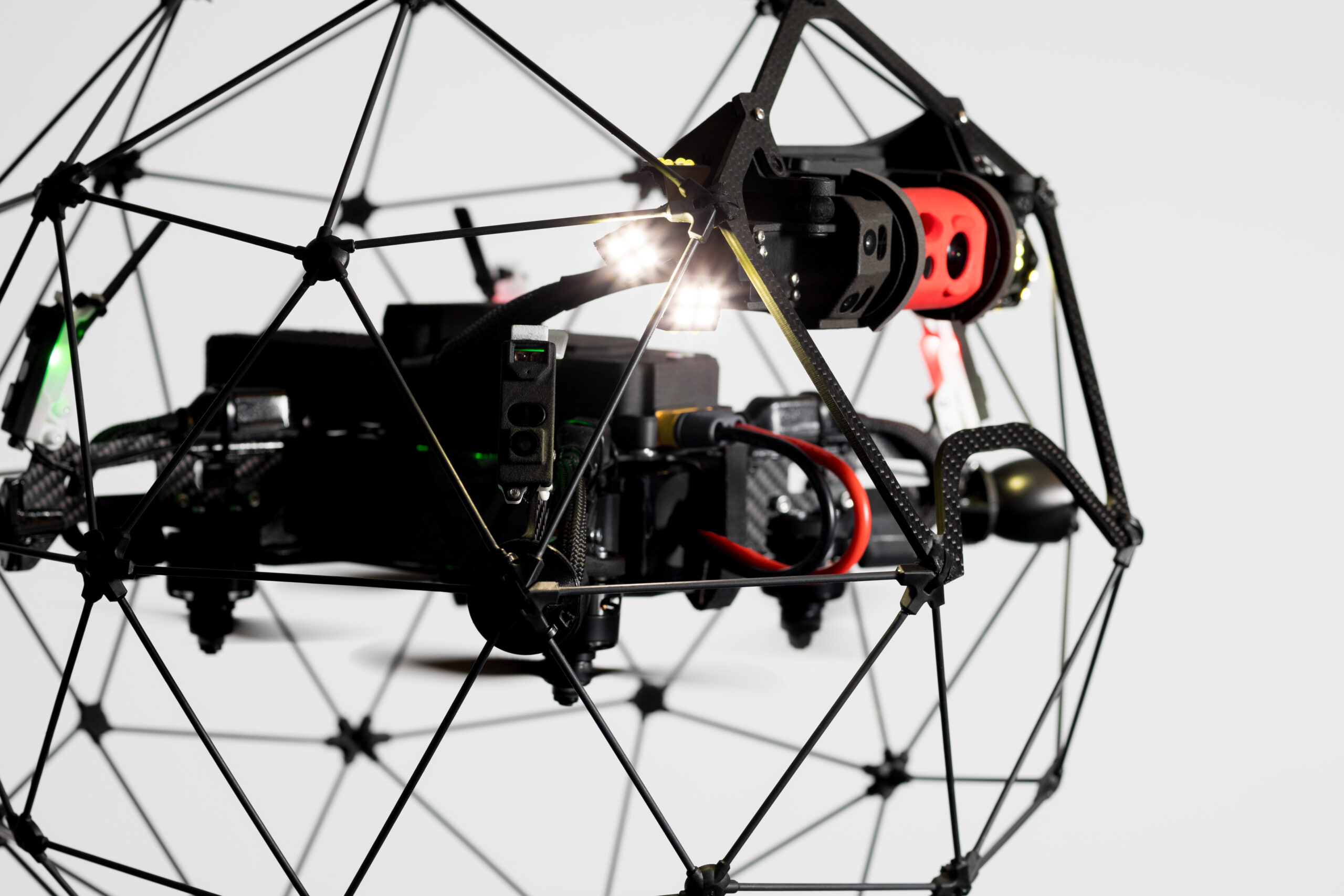Inspection, Defect Location, The Elios 2 & Inspector 3.0

The most challenging element of any internal asset inspection is locating any defects that need monitoring or attention. Many solutions have been brought to market to solve this, with one of the most effective to date being the Elios 2 by Flyability.
However, even a remote visual inspection tool such as this came with limitations. Sure, it was excellent at providing the visual data to see asset defects. But, in many cases, managing to localise exactly where within the vessel these were proved a further challenge in itself.
Without an indoor positioning system, such as GPS, this so-called ‘data localisation’ could prove complicated to pinpoint. Up until now, inspectors have used various data points to map the exact spot where the defect has been spotted, such as reference points, blueprints, maps and barometric measurements – but even with all this, it’s still not the easiest of tasks. Not to mention the amount of time it takes to carry out.
But imagine if you could combine a remote visual inspection with the ability to create a 3D map that showed exactly where the defect could be found? Now that would be a game-changer.
Enter Inspector 3.0…
What is Inspector 3.0?
The software known as Inspector 3.0 is the latest created by Flyability for use with the Elios 2. Designed specifically for indoor inspection flights, it removes the historical challenges of pinpointing the exact location of a defect within an asset by creating a 3D model that shows you exactly where each defect is located.
The advantages of this are multiple and can be summed up as the following:
- Removes the need for lengthy inspection data analysis. Inspector 3.0 can create a sparse indoor 3D map following a flight within 20-50 minutes.
- Total understanding of what is wrong within an asset and where defects are located. This facilitates precise entry points/scaffold erection for repair crews to efficiently carry out their tasks.
- Allows all team members to be on the same page with communication. From inspectors to maintenance workers, scaffolders to operators – and even C-suite interested in the necessary work to be carried out – everyone can be clear about what needs to be done and exactly where in the asset.
- Heightened customer satisfaction as they can see a physically-generated 3D report on the day of the inspection that details each defect (or possible defect) within an asset.
All of this boils down to two crucial advantages:
- Greatly reduced inspection and maintenance costs
- Happy customers
In regard to the cost savings, this virtually instant data localisation can reduce maintenance work by days or even weeks. No more complicated formulas to determine exactly where a defect is located. Wave goodbye to incorrect asset entry when a mistake has been made as to where a defect is located and reduce the chances of extended downtime due to wasted access efforts that are associated with each of these.
Using Inspector 3.0 is as easy as 1-2-3…
- Fly the inspection mission using Elios 2 and collect all the necessary data
- As the inspection flight is carried out, use the POI (point of interest) button on the remote controller to pinpoint where defects are located.
- Post mission, create a sparse 3D map that details the asset with the location of the defects marked as per recorded points of interest.
It really is as simple as that!
This is exactly the type of proven, user-friendly kit that equipment provider, Nexxis, is pivotal in bringing to their customers. With a simple, solution-based procurement model, clients in a wide variety of industries can benefit from the latest NDT testing equipment exactly when they need it.
Discover more about using the Elios 2 or contact us today for a no-obligation chat.
